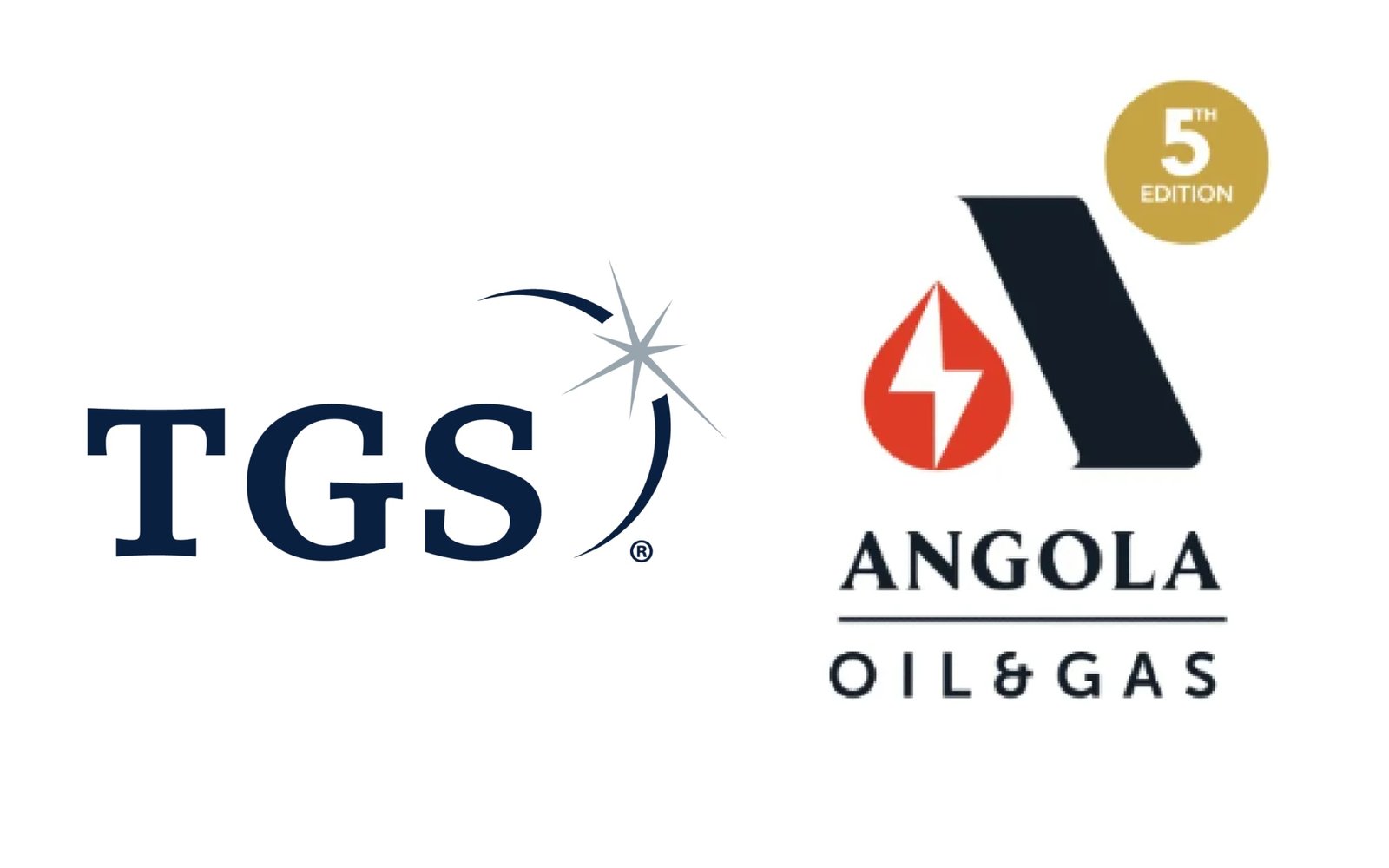MARKET UPDATE: Oil price to average $79 per barrel in second half of 2023, $84/b in 2024 — EIA
By Eyo Nsima
The United States Energy Information Administration, EIA, has put the average spot price of Brent at $79 per barrel (b) in the second half of 2023 (2H23) and $84/b in 2024.
In its Short Term Energy Outlook obtained by The Daily, www.thedaily-ng.com, EIA, which opened with comments on the global oil markets, stated: “Following the OPEC+ announcement on June 4 to extend crude oil production cuts through 2024, we forecast global oil inventories to fall slightly in each of the next five quarters. We expect these draws will put some upward pressure on crude oil prices, notably in late-2023 and early-2024. We forecast the Brent crude oil spot price will average $79 per barrel (b) in the second half of 2023 (2H23) and $84/b in 2024.”
Commenting on the U.S. economy, the report, stated: “Our forecast assumes U.S. GDP growth of 1.3% in 2023 and 1.0% in 2024, which is down from last month’s forecast of 1.6% in 2023 and 1.8% in 2024, based on the S&P Global macroeconomic model for the U.S. economy and our energy price forecasts. Lower GDP growth reduces total U.S. energy consumption in both years compared with last month’s forecast.”
“Focusing on U.S. distillate fuel consumption, it stated: “The reduction in forecast GDP growth lowers our forecast for distillate fuel (mostly diesel) consumption. We now expect U.S. distillate consumption to fall in 2024, which is a change from our forecast last month forecasting distillate consumption growing next year. This month’s Between the Lines article discusses the relationship between economic growth and U.S. diesel consumption.”
Also commenting on U.S. liquid fuels consumption, the EIA maintained that, “Overall, we expect U.S. liquid fuels consumption to increase in both 2023 and 2024, driven by factors mostly unrelated to forecasts for economic growth. Consumption growth in 2023 is led by gasoline and jet fuel, which continues to increase from a pandemic-related decline in demand. Propane and ethane consumption are the main drivers of growth in 2024.”
The report that panned its searchlight on natural gas production further hinted that, “U.S. dry natural gas production in our forecast averages almost 103 billion cubic feet per day (Bcf/d) in 2H23, down slightly from our estimate of about 104 Bcf/d on average during April and May. The drop in forecast production reflects less natural gas-directed drilling because of a more than 75% decline in the Henry Hub natural gas spot price compared with its recent peak in August 2022. However, we expect growth of associated natural gas production in the Permian Basin to mostly offset declines in dry gas output.”
Also, the report noted that natural gas prices will “increase throughout the summer as production declines slightly and demand for air conditioning increases the use of natural gas in the electric power sector. The Henry Hub spot price in our forecast averages almost $2.90 per million British thermal units (MMBtu) in 2H23, up from the realized May average of $2.15/MMBtu. The natural gas price at the Henry Hub in our forecast rises by almost 30% in 2024 compared with 2023 to an average of about $3.40/MMBtu.”
On electricity generation, the report stated: “Solar has been the leading source of new generating capacity in the United States so far this year, and the new capacity contributes to our forecast that U.S. solar generation this summer (June, July, and August) will be 24% higher than in summer 2022. The increase in solar capacity, along with lower natural gas prices, contributes to our forecast drop in coal-fired electricity generation this year.”
It added that electricity prices will “average about 50% lower in 2023 as a result of lower natural gas prices. The Northwest, Southwest, and California regions could experience temporary spikes in wholesale power prices this summer, due to a likelihood of limited power supply during peak demand hours. These high hourly power prices bring average monthly prices above $100 per megawatt hour in July and August.”








